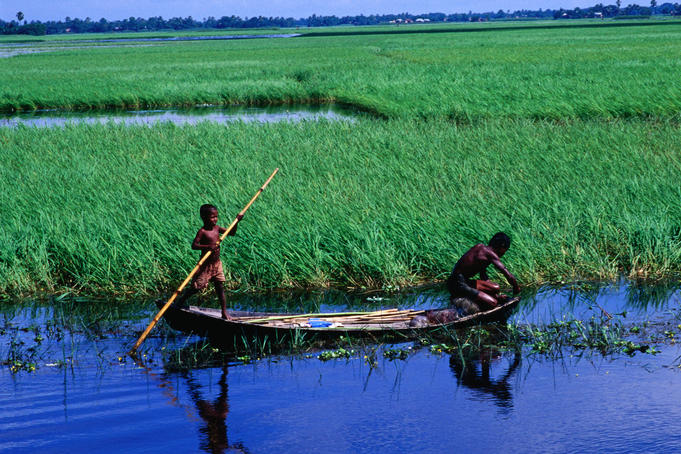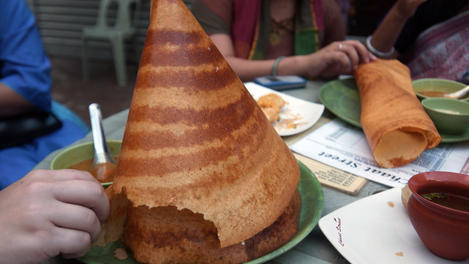
This wasn’t the first time that Bangladesh had been dismissed as a no-hope nation, and it probably won’t be the last. But no matter what the opinion of the wider world is, this dynamic country proudly considers itself to be an active participant in an increasingly global community. In defiance of its stuttering development and the weight of historical tragedy that it bears, it is a nation charged with perseverance and promise, and one from which we could all learn a thing or two. For the great irony is that while images of devastation were beamed nightly into Western living rooms and the talk was of an unfolding humanitarian disaster, nobody bothered to say that Bangladesh could make good news.
 In the years preceding Cyclone Sidr, the country had been quietly doing something considered nearly impossible in richer Western countries – banning all petrol and diesel vehicles from the major conurbations (and, if things go to plan, the entire nation) and replacing them with cleaner alternatives. If striving for cleaner air isn’t enough, they’ve also banned plastic bags and created a flurry of national parks and protected areas. The same holds true for the country’s tourism profile. The majority of the world considers Bangladesh to be a frying pan–flat country. Yet within this flat framework are primeval swamps in tiger-filled Sundarbans National Park, the unseen relics of long-forgotten Buddhist kingdoms in Rangamati, lush and lurid tea plantations around Srimangal, tribal groups with Burmese faces, glorious beaches at Cox's Bazar that stretch for eternity, freshwater dolphins and deep-water whales, and some of the most open-hearted people you will ever have the honour to meet. This is a country where genuine adventure is not just a possibility but a certainty. You can chug down mile-wide, slug-brown rivers on a 19th-century riverboat, fish with otters, and hunt for the world’s deadliest honey. All this in a country whose loftiest peak is as tall as the highest mountain in Scotland.
In the years preceding Cyclone Sidr, the country had been quietly doing something considered nearly impossible in richer Western countries – banning all petrol and diesel vehicles from the major conurbations (and, if things go to plan, the entire nation) and replacing them with cleaner alternatives. If striving for cleaner air isn’t enough, they’ve also banned plastic bags and created a flurry of national parks and protected areas. The same holds true for the country’s tourism profile. The majority of the world considers Bangladesh to be a frying pan–flat country. Yet within this flat framework are primeval swamps in tiger-filled Sundarbans National Park, the unseen relics of long-forgotten Buddhist kingdoms in Rangamati, lush and lurid tea plantations around Srimangal, tribal groups with Burmese faces, glorious beaches at Cox's Bazar that stretch for eternity, freshwater dolphins and deep-water whales, and some of the most open-hearted people you will ever have the honour to meet. This is a country where genuine adventure is not just a possibility but a certainty. You can chug down mile-wide, slug-brown rivers on a 19th-century riverboat, fish with otters, and hunt for the world’s deadliest honey. All this in a country whose loftiest peak is as tall as the highest mountain in Scotland.It just goes to show how much the world has to learn about the trendsetting, breathtaking and hard-working country that is Bangladesh.
Source : lonelyplanet.com





0 comments:
Post a Comment